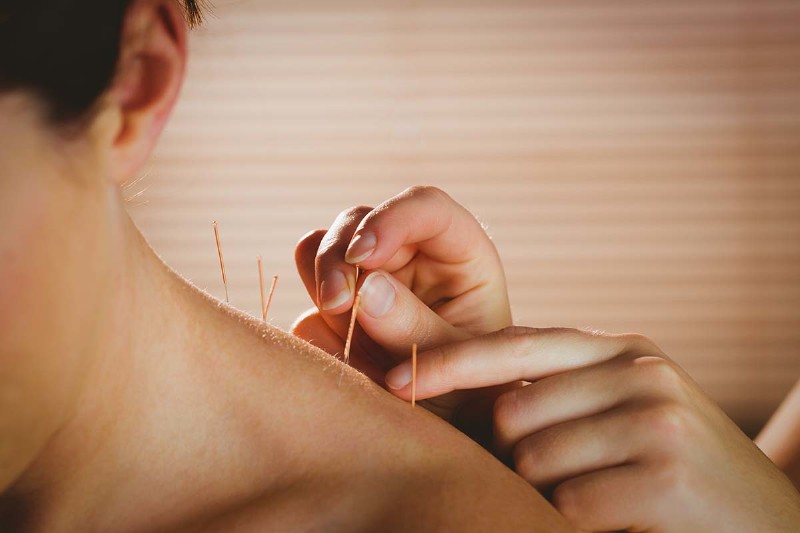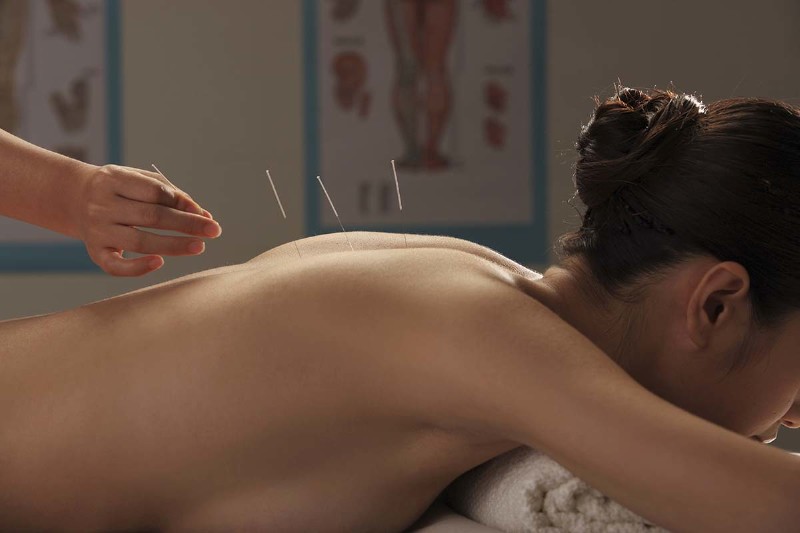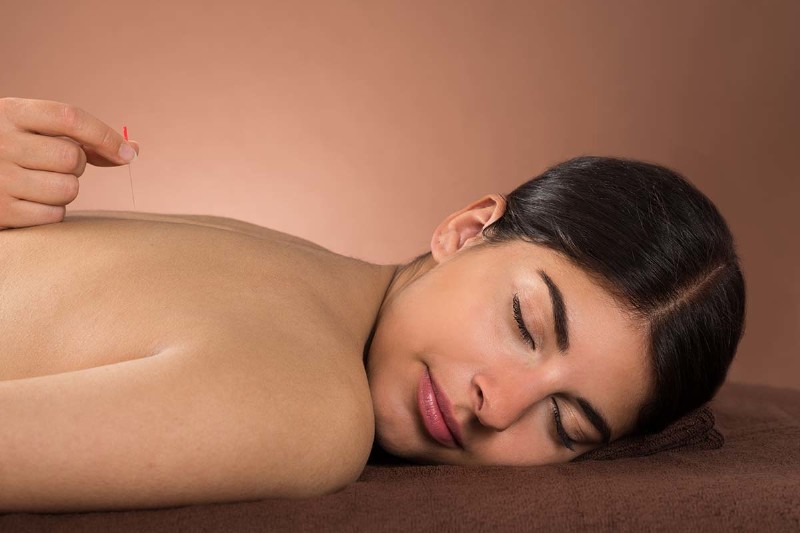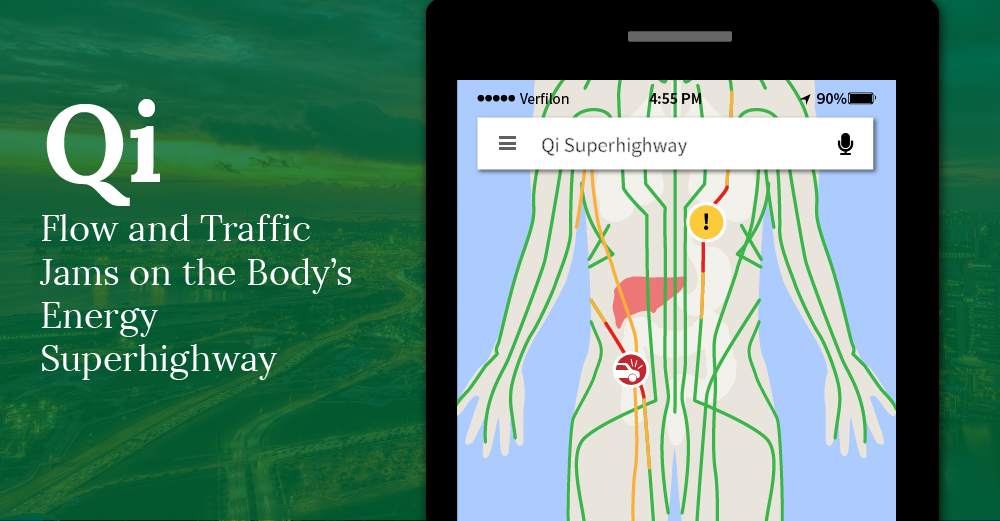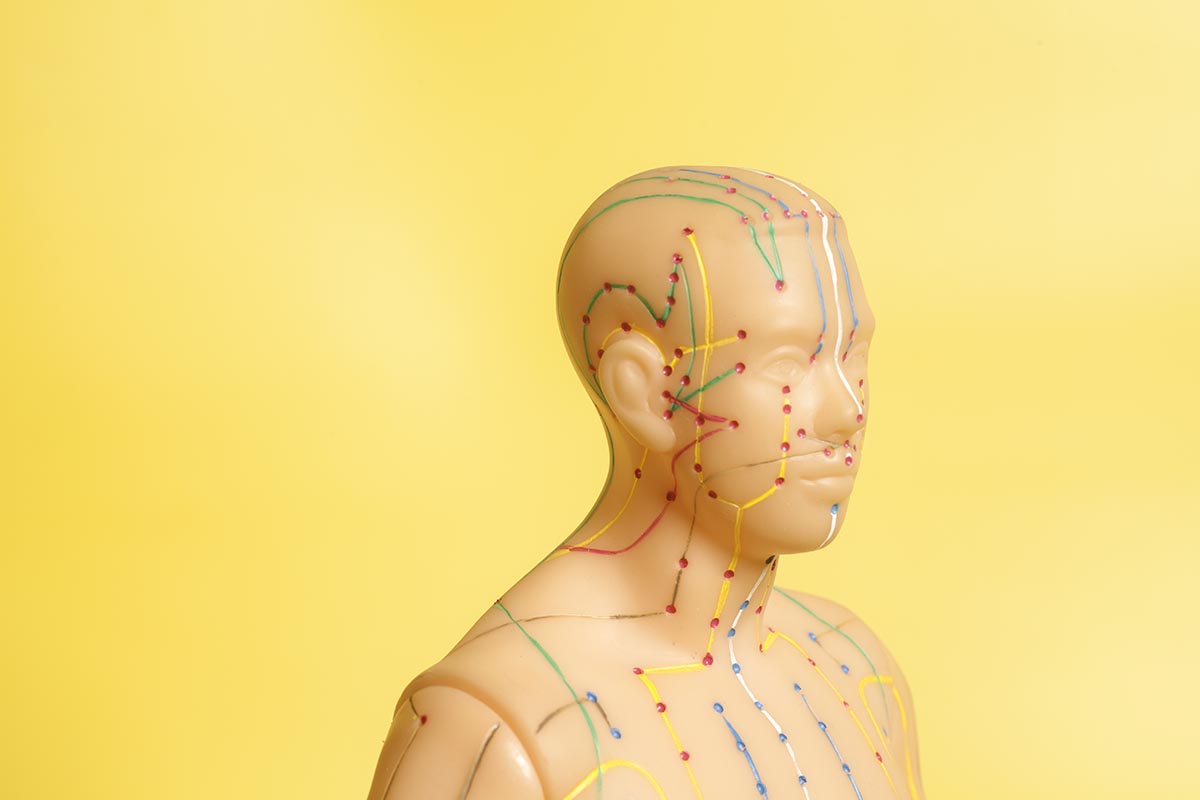Acupuncture Learning Center
What are Acupuncture Points?
The Foundation of Acupuncture and the Triggers for Healing
Acupuncture is an ancient form of bodywork used originally in Oriental medicine.
Over the last several decades, it has gained increasing acceptance in the Western world as well.
The overall concept behind acupuncture and its close relative, acupressure, is that the body runs on energy, or qi (pronounced “chee”).
The energy system involves defined pathways known as meridians, each of which has multiple acupuncture points that affect various organs, areas or body systems. There are hundreds, even thousands, of points running throughout the body, and modern CT scans have even shown micro-vessel cluster points coinciding with these points in the body.
The foundational concept of how acupuncture is done is through stimulating the acupuncture points to correct imbalances or blockages in the flow of energy.
And ultimately to restore health.
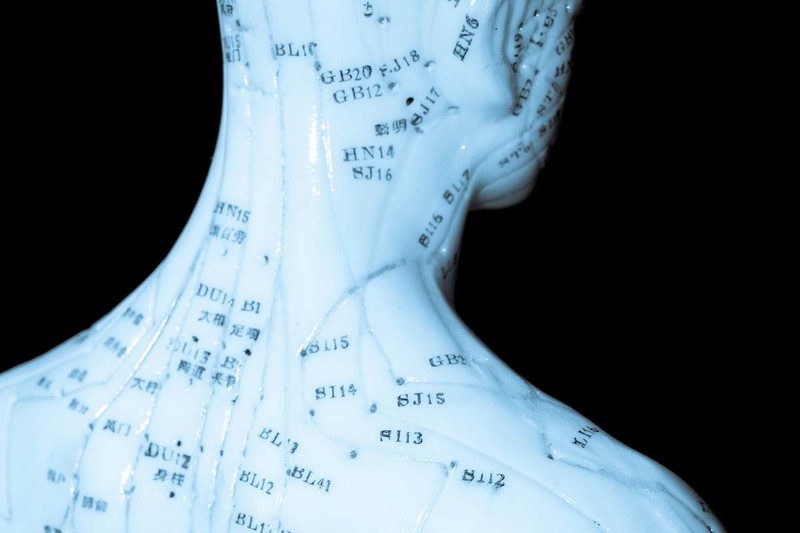
How Many Acupuncture Points Are There?
Traditional Chinese medicine practitioners believe there are at least 2,000 acupuncture points in the body.
The World Health Organization (WHO) developed A Proposed Standard International Acupuncture Nomenclature Report in 1991, which identifies 361 acupuncture points.
According to WHO, acupuncture points are organized according to their location on each of the fourteen major meridians.
WHO’s standard nomenclature also identifies eight extra meridians, 48 extra acupuncture points and additional acupuncture points in the scalp.
So in other words, no matter you go about it, there are a lot of acupuncture points!
Locating the Acupuncture Points
The identification of all possible acupuncture points is available from many resources on the web, with a full atlas of these points.
Some include common names, but all are also identified by specific ID system.
Although different systems have been used, in most cases, each acupuncture point is identified with letters that indicate the meridian on which it is located and a number to indicate its position along the meridian.
Acupuncture points are numbered in sequence, but the sequence may begin at the most distal (farthest) point or the most proximal (nearest point) to the body center.
For example, the numbering system for the stomach meridian begins near the eye and runs down across the chest and abdomen.
The large intestine meridian begins at the index finger and runs up the arm to the area of the nose.
In some cases, acupuncture points correlate to a specific anatomical point or structure.
For example, the L13 point called Sanjian is on the radial (wrist) side of the index finger next to the head of the metacarpal bone. In other cases, the acupuncture point is found by measuring from an anatomical landmark such as a joint or other structure.
In acupuncture, measurements are derived from the patient’s body. One “body inch” (sun or cun) is the width of the thumb.
Measurements are expressed in body inches. The CV5 point called Shimen is located by measuring from the umbilicus or navel. CV5 is 2 cun below the umbilicus.
A quick overview of the 14 primary meridians according to WHO:
1. Bladder – Begins in the eye and runs through the forehead and over the top of the skull; it splits just below the hairline in back. One branch travels down the shoulder blade and straight down to the middle of the low back, while the other travels down just to the outside of the spine and down the back of the leg to the heel. Contains 67 different acupuncture points on each side of the body.
2. Conception Vessel – Begins just above the middle of the pelvic bone and travels straight up the middle of the body to just below the lower lip. Contains 24 different acupuncture points.
3. Gallbladder – Starts at the inner corner of the eye, zigzags back and forth across the skull and then runs down the neck across the shoulder and again zigzags back and forth across the chest and abdomen. From there it travels down the outside of the leg and foot to the tip of the fourth toe. Contains 44 different acupuncture points on each side of the body.
4. Governing Vessel – Begins just above the tailbone and travels straight up the middle of the body, over the skull to just above the upper lip. Contains 28 different acupuncture points.
5. Heart – Begins in the armpit and travels down the nearside of the arm to the tip of the little finger. Contains 9 different acupuncture points on each side of the body.
6. Kidney – Starts in the arch of the foot and runs up the inside of the leg and just to the side of the mid-line of the abdomen and chest to the collarbone. Contains 27 different acupuncture points on each side of the body.
7. Large Intestine – Starts at the tip of the index finger along the upper side of the arm and runs to the highest point of the shoulder, across the collarbone and up the cheek to the nose. Contains 20 different acupuncture points on each side of the body.
8. Liver – Originates in the great toe, travels up the inside of the leg to the groin and then crosses the body to travel up to just below the nipple. Contains 14 different acupuncture points on each side of the body.
9. Lung – Begins on the chest near the armpit and runs down the top of the arm to the thumb. Contains 11 different acupuncture points on each side of the body.
10. Pericardium – Runs from the side of the nipple through the armpit and down the arm to the tip of the middle finger. Contains 9 different acupuncture points on each side of the body.
11. Small Intestine – Starts in the tip of the little finger and runs up the outside of the arm around the shoulder blade to the neck, then up to the eye and across to the ear. Contains 19 different acupuncture points on each side of the body.
12. Spleen – Begins in the tip of the big toe and travels up the leg to the thigh, through the groin and across the abdomen and up the ribs to a point on the chest below the armpit. Contains 21 different acupuncture points on each side of the body.
13. Stomach – Originates directly below the pupil of the eye and travels down the nose to the jaw, where it splits. One part goes up the scalp and the other travels down the neck, chest and abdomen through the thigh and down to the side of the tip of the second toe. Contains 45 different acupuncture points on each side of the body.
14. Triple Energizer or Triple Warmer – Begins in the tip of the ring finger, travels up the arm to the shoulder and up the neck to the ear, then across the forehead, down the cheek to the end of the eyebrow. Contains 23 different acupuncture points on each side of the body.
Cardinal Points – Certain acupuncture points are known as cardinal points; they are specific for a particular condition or area. For example, P6 is specific to the respiratory system, while TW5 is specific to the ear. ST36 increases energy, GB34 affects the bones and GB20 affects memory and mental processes. BL17 can help regulate blood sugar levels in patients who have diabetes.
How Do Acupuncture Points Work?
The knowledge of actual locations of the different acupuncture points developed over thousands of years.
How they work depends on who you ask. Modern science is only beginning to uncover how this practice actually affects the body.
Medical research is currently inconclusive, but…
- One theory is that placing a needle in an acupuncture point stimulates the release of a chemical called adenosine, which can help relieve pain.
- Another is that placing an acupuncture needle stimulates the nerve pathway and signals the brain to release hormones called endorphins, which can also help relieve pain.
- Yet another hypothesis suggests acupuncture decreases inflammation.
- A final theory is that placing the needle stimulates the nerve to secrete a growth factor that helps the nerve regenerate.
Whatever the reason they affect the body, the acupuncture points work by activating each point with a variety of methods – needles being the most well-known way.
But the truth is:
Acupuncturists stimulate the points in several ways.
There is the use of very fine sterilized gold or stainless steel needles – acupuncture needles we all know about.
In addition, an acupuncturist may also use direct pressure with the fingers or thumbs (acupressure), heat, friction, suction through the use of special cups (cupping), and the direct application of electromagnetic energy impulses.
Each have their own particular benefit and purpose for the patient.
And all work under the same fundamental Chinese Medicine principles.
The Science of Acupuncture
So do these acupuncture points work? Are they backed by science?
While having been successfully used for thousands of years to help people treat conditions and live better lives, recent modern science is also backing up the effectiveness of these specific acupuncture points.
There is good evidence that acupuncture can help people with chronic pain and conditions like fibromyalgia.
It has also been shown to be beneficial for nausea caused by surgical anesthetics and chemotherapy.
Some people who have migraine headaches and asthma respond to acupuncture treatments.
However, studies have not yet validated whether acupuncture is effective in treating other conditions like diabetes and heart disease. That doesn’t mean it’s not effective, just that so far the research can’t prove it.
Acupuncture is like any other medical therapy – it may be more or less effective for each individual patient.
And each patient will respond differently to acupuncture.
The risks are minimal, as long as the treatment is performed by a well-qualified practitioner.
When choosing an acupuncturist to try, check out our article on how to choose the right acupuncturist for you.
If you are in Seattle, WA – give me a call!
What is Acupuncture and How Does it Work?
Everything You Need to Know About this Ancient and Modern Practice
12 Ways to Get the Most Out of Your Acupuncture Treatments
Take Advantage of the Full Potential of Working with an Acupuncturist
How to Choose the Best Acupuncturist, and the Right One for You
The Things to Look For and Watch Out For When Finding an Acupuncturist
What to Expect During Your Acupuncture Treatment
Everything You Should Know for Before, During, and After Your Treatment
What is Qi?
Flow and Traffic Jams on the Body’s Energy Superhighway
5 Science-Backed Ways Acupuncture Improves Your Life
Better Sleep, Less Anxiety, More Energy - How to Live Better through Acupuncture
What are Acupuncture Points?
The Foundation of Acupuncture and the Triggers for Healing
The 12 Meridians of Acupuncture
What They Do and What They Mean for Your Health

